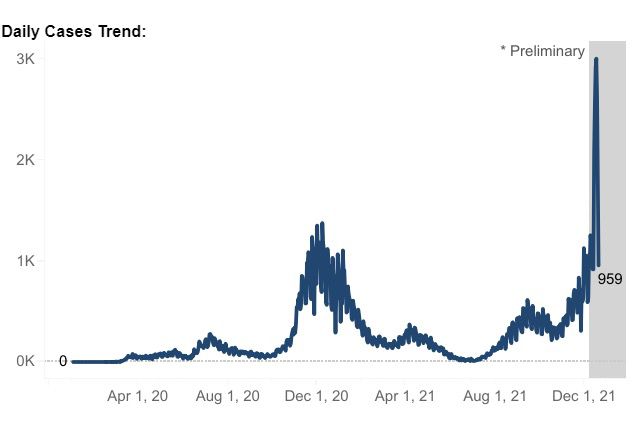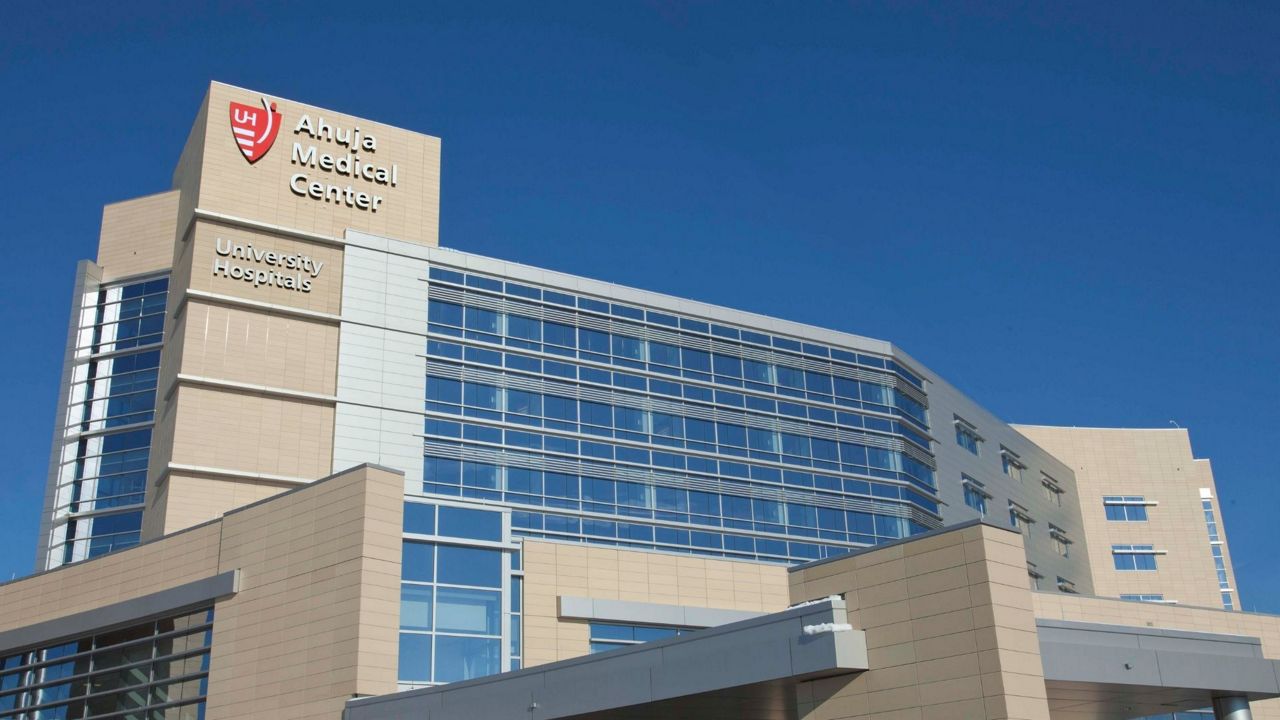CLEVELAND — Officials from the Cleveland Clinic and University Hospitals said resources are strained as COVID-19 cases rise in the Cleveland area.
“Our emergency departments are overcrowded,” University Hospitals Chief Scientific Officer Dr. Daniel Simon said. “Our caregivers are working overtime and exhausted. We have more COVID positive patients than ever before. Currently, there are 394 hospitalized COVID patients in our system. Nineteen percent are in the intensive care unit.”
Simon said the number of tests coming back positive, nearly 30 percent, is the highest rate during the pandemic.
In response to a rise in cases, Ohio Gov. Mike DeWine deployed 1,050 members of the National Guard to provide support for hospitals and local health officials. In the Cleveland area, members of the National Guard will help support a COVID-19 drive-thru testing site located in the garage of the W. O. Walker Building in University Circle.
Simon said that many have sought COVID-19 tests at emergency departments and urgent care centers. He is hopeful this will take some of the burden away from emergency departments and urgent cares.
On its first day being open, officials announced at noon that the testing center would not accept anyone not already in line. The site was expected to remain open through 5 p.m. Officials said the site would reopen at 9 a.m. Wednesday.
The site caused so much congestion that Cleveland RTA reported slowdowns along a number of routes.
Dr. Raed Dweik, who heads the Cleveland Clinic’s respiratory institute, said the majority of those hospitalized with COVID-19 were not vaccinated. He said 80 percent of those hospitalized and 90 percent of those in intensive care units have not been vaccinated.
“The few, the 10 percent who are vaccinated are people who are vaccinated vulnerable,” he said. “Their immune systems have issues like cancer or medications or immune deficiency.”
According to Ohio Department of Health statistics, Cuyahoga County has seen a dramatic surge in COVID-19 cases in the last few weeks. More than 3,000 cases were recorded on Dec. 16 for the first time during the pandemic within the county, according to ODH figures.

The New York Times, which tracks county-level data, shows that Cuyahoga County had the third-highest per capita COVID-19 case rate with an average of 2,456 daily cases per 100,000 residents. The county also has the fourth-highest overall number of cases, only behind New York City, Cook County, Illinois and Los Angeles, California, which are much more populous areas.
Some area hospitals have also postponed elective surgeries.



